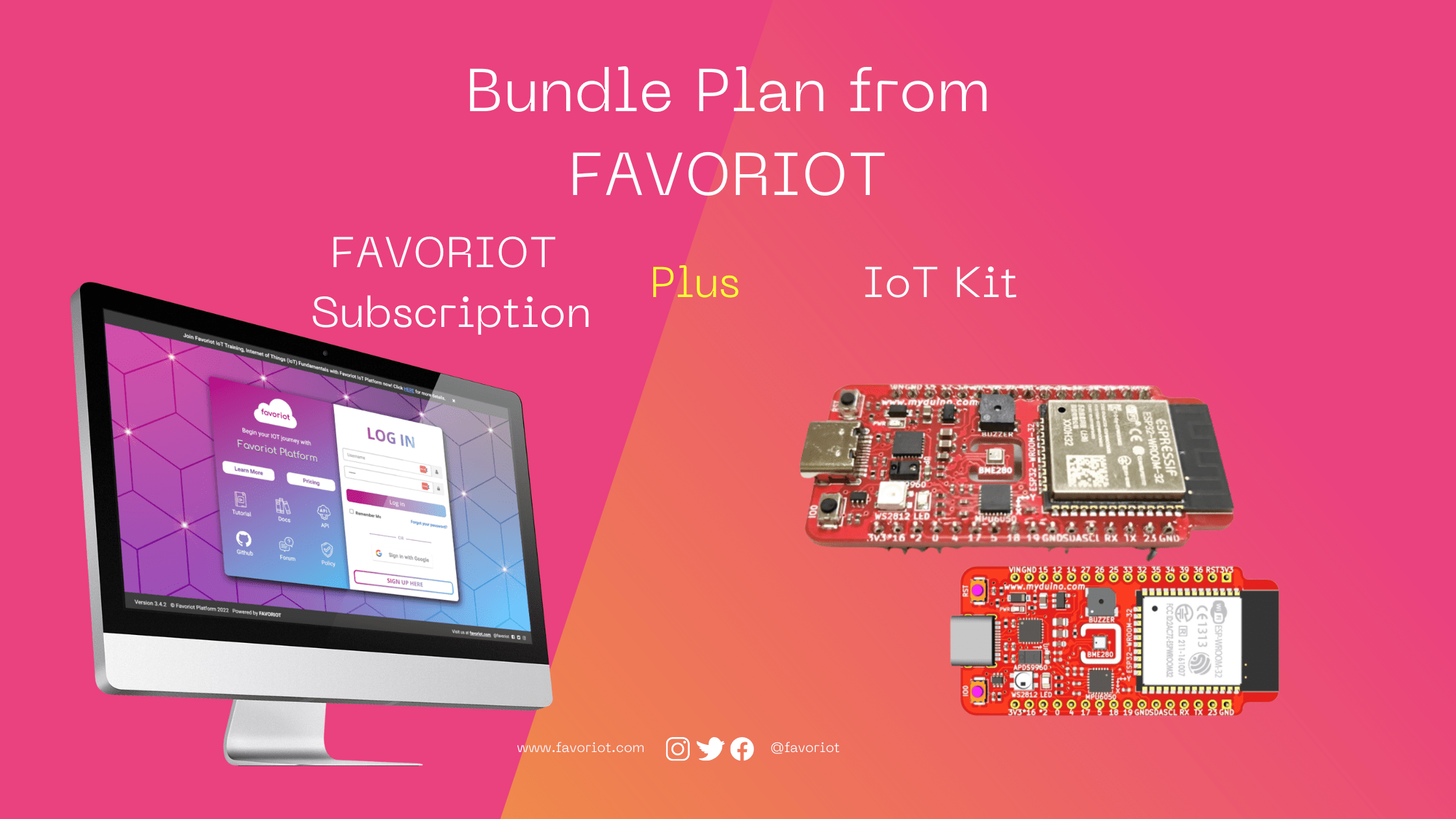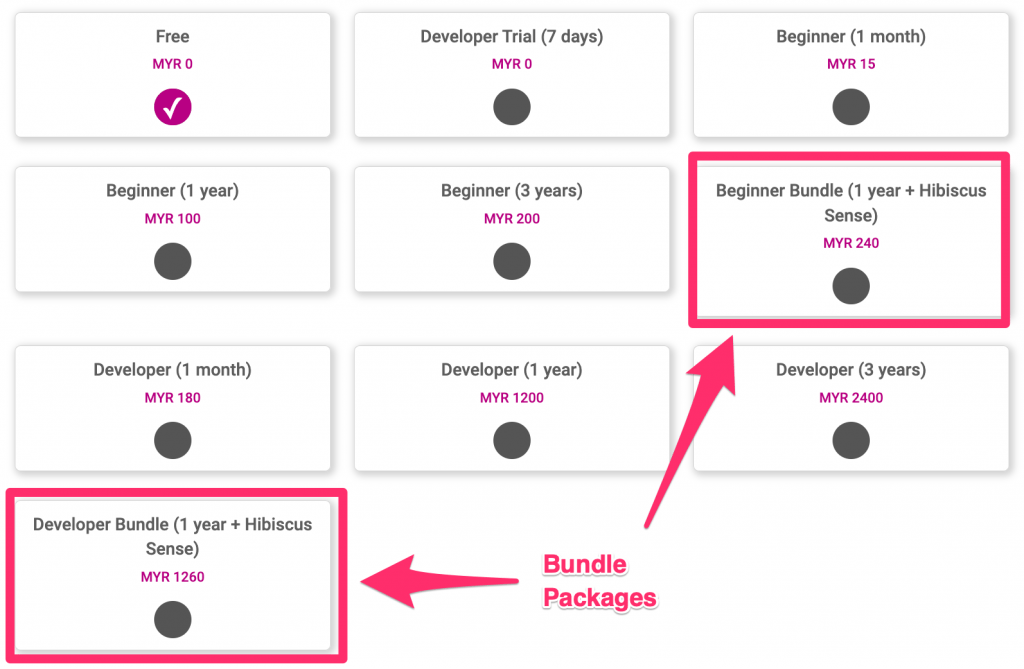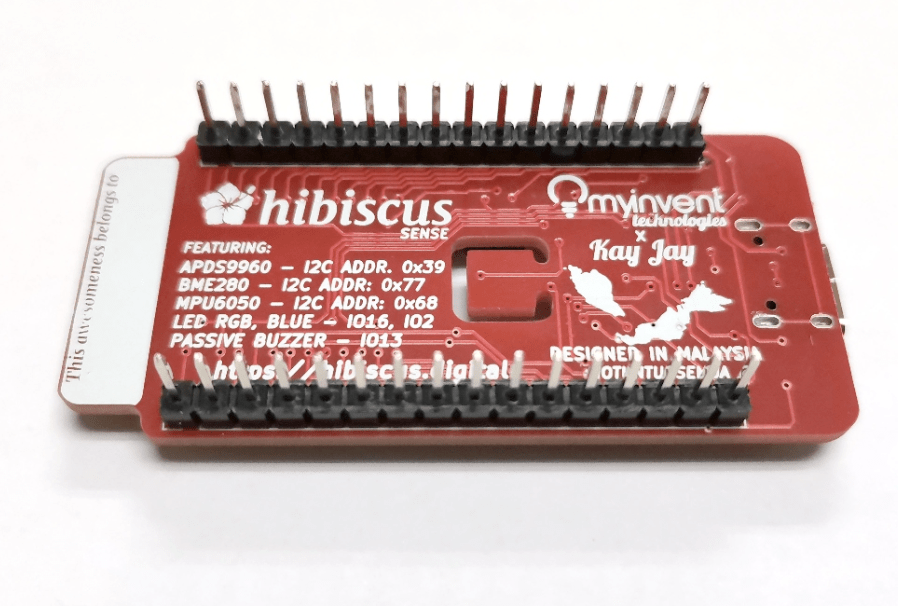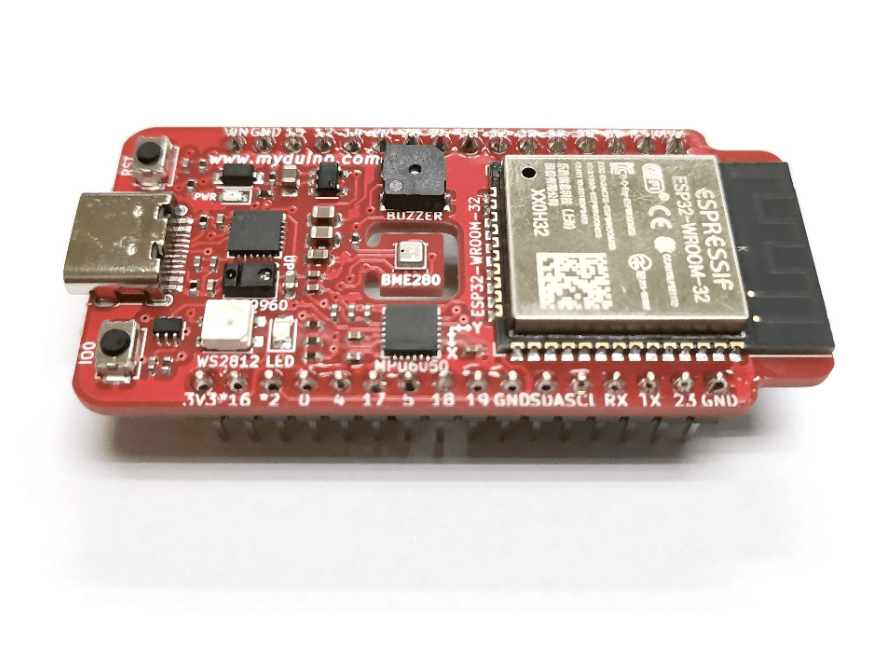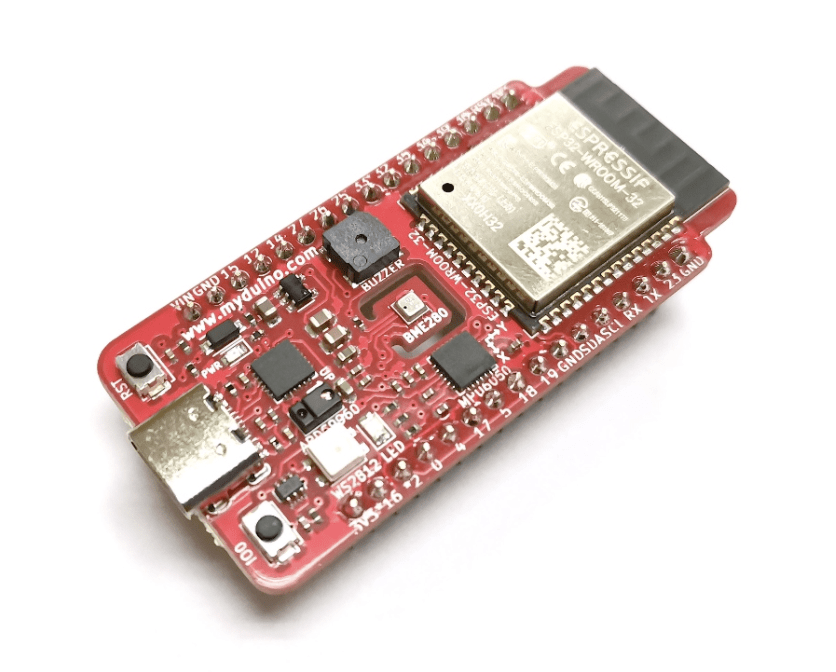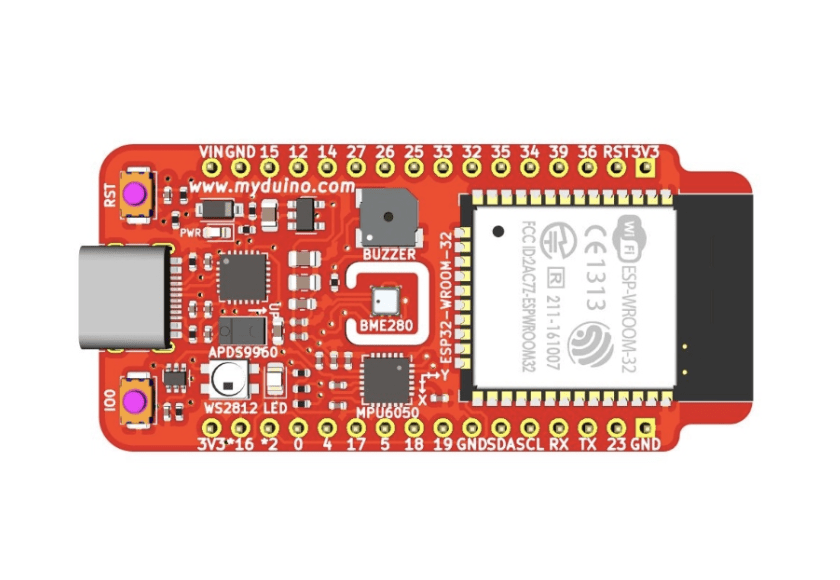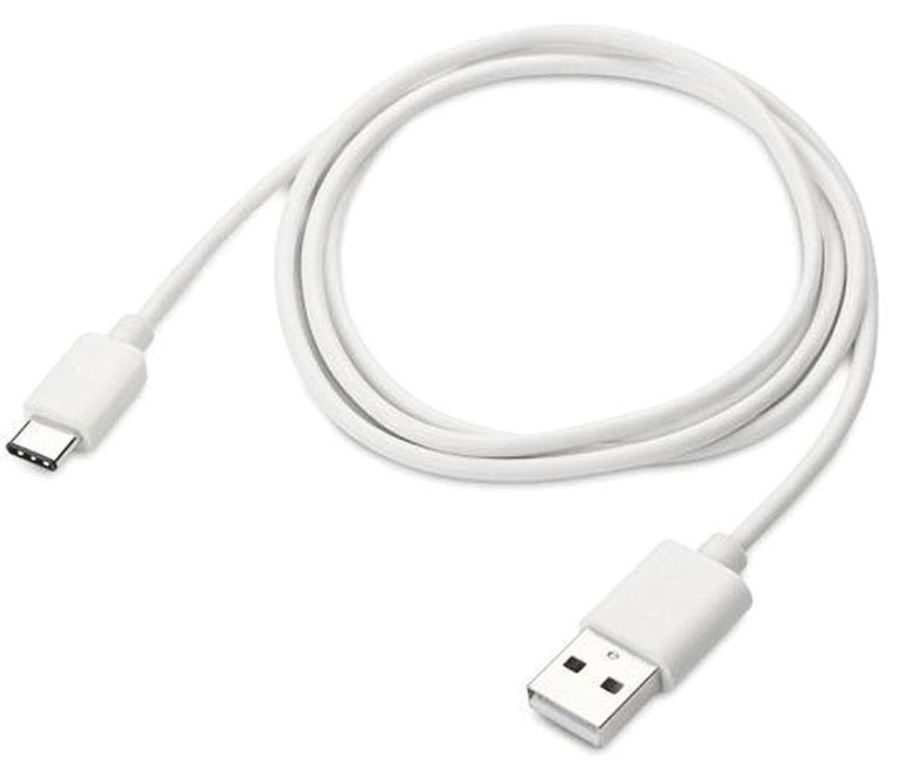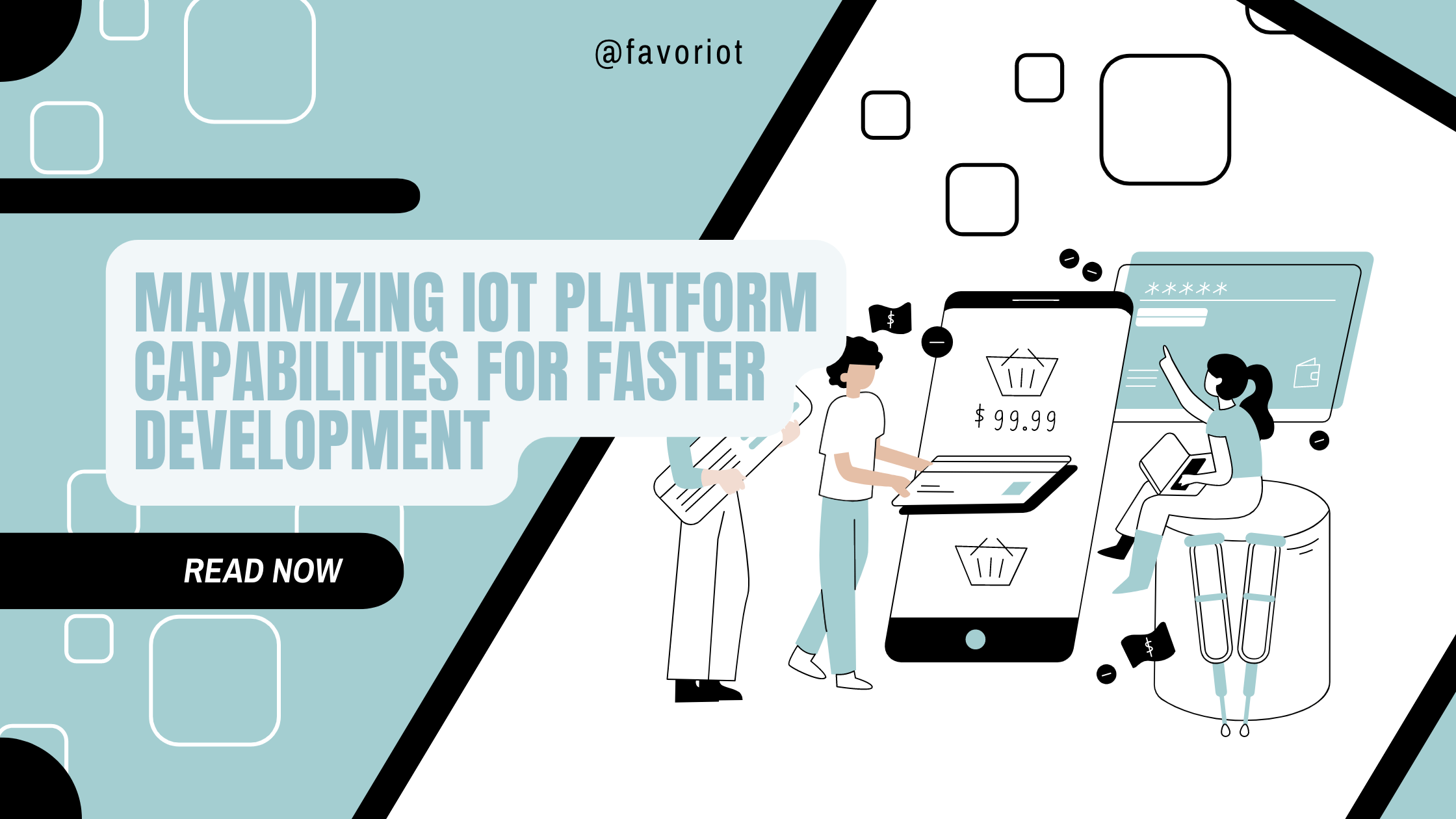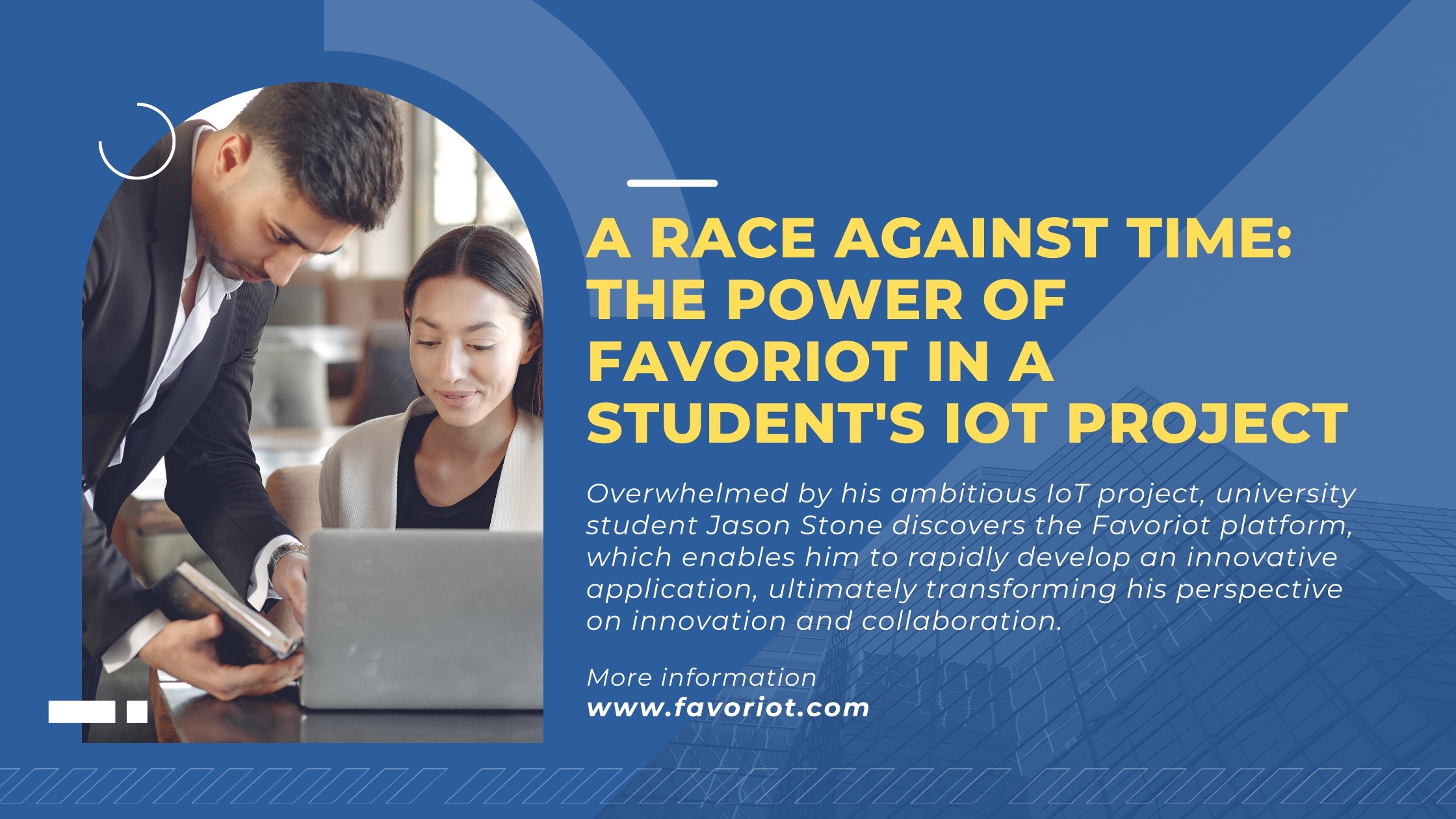
A Race Against Time: The Power of Favoriot in a Student’s IoT Project
March 27th, 2023 Posted by favoriotadmin BLOG, STORY 2 thoughts on “A Race Against Time: The Power of Favoriot in a Student’s IoT Project”Jason Stone, a 24-year-old computer engineering student, was on the verge of a breakdown. His final year project at the prestigious Ivy University was the only obstacle between him and graduation. Jason’s assignment was to create an innovative IoT (Internet of Things) application that could improve people’s lives in his local community. The deadline was three weeks away, and he was still far from completing his project.
Jason had decided to create every aspect of his project from scratch. He believed that developing everything would make his project unique and showcase his skills. He spent countless hours coding, testing, and debugging but was no closer to a working prototype. The pressure was mounting, and sleepless nights became the norm.
One day, while Jason was browsing online forums seeking inspiration, he stumbled upon a thread discussing the Favoriot IoT platform. He was intrigued by the comments that praised the platform for its ease of use and rapid development capabilities. However, Jason was initially hesitant, as using a pre-built platform contradicted his initial plan to create everything himself.
With the deadline rapidly approaching, Jason knew he needed to decide. He hesitantly decided to try Favoriot, hoping it could salvage his project. As he explored the platform, he quickly realized that it was designed to help developers rapidly prototype and create IoT applications focusing on reliability and scalability.
As he dove deeper into Favoriot, Jason was amazed by the platform’s vast range of features. It provided pre-built templates for various IoT applications, a user-friendly dashboard for monitoring devices, and simple integration with multiple programming languages. He also discovered that Favoriot had a strong community of developers eager to share their knowledge and support one another.
With each passing day, Jason’s IoT application started to take shape. He used Favoriot’s APIs to collect sensor data, store it in the cloud, and create real-time visualizations. As his confidence grew, he started to engage with the Favoriot developer community, seeking advice and sharing his progress.
It wasn’t long before Jason’s project began to attract the attention of his peers and professors. They were impressed by his progress in such a short period and praised him for his innovative use of the Favoriot platform. Jason realized that his initial belief in developing everything himself was misguided. By using the tools and resources provided by Favoriot, he could focus on the creative aspects of his project, which ultimately made it more unique and impactful.
Jason completed his project with just a few days to spare before the deadline. The IoT application he created used Favoriot’s platform to monitor energy consumption and provide suggestions to homeowners on how they could reduce their environmental impact. This groundbreaking innovation caught the attention of local authorities, who decided to implement it as a pilot program in the community.
Jason was filled with a sense of accomplishment and pride as he stood before his peers and professors to present his project. He knew that his journey had been challenging, but it taught him the importance of leveraging existing platforms and technologies to focus on creating meaningful solutions. Jason’s epiphany of using Favoriot transformed his project and his perspective on innovation and collaboration.
[Note: This story is fictitious, created to illustrate the potential impact of using the Favoriot IoT platform for rapid development in a university project setting. We hope this story resonates with you and helps you reflect on leveraging existing platforms and technologies to create meaningful solutions.]
